California's Year in Fire
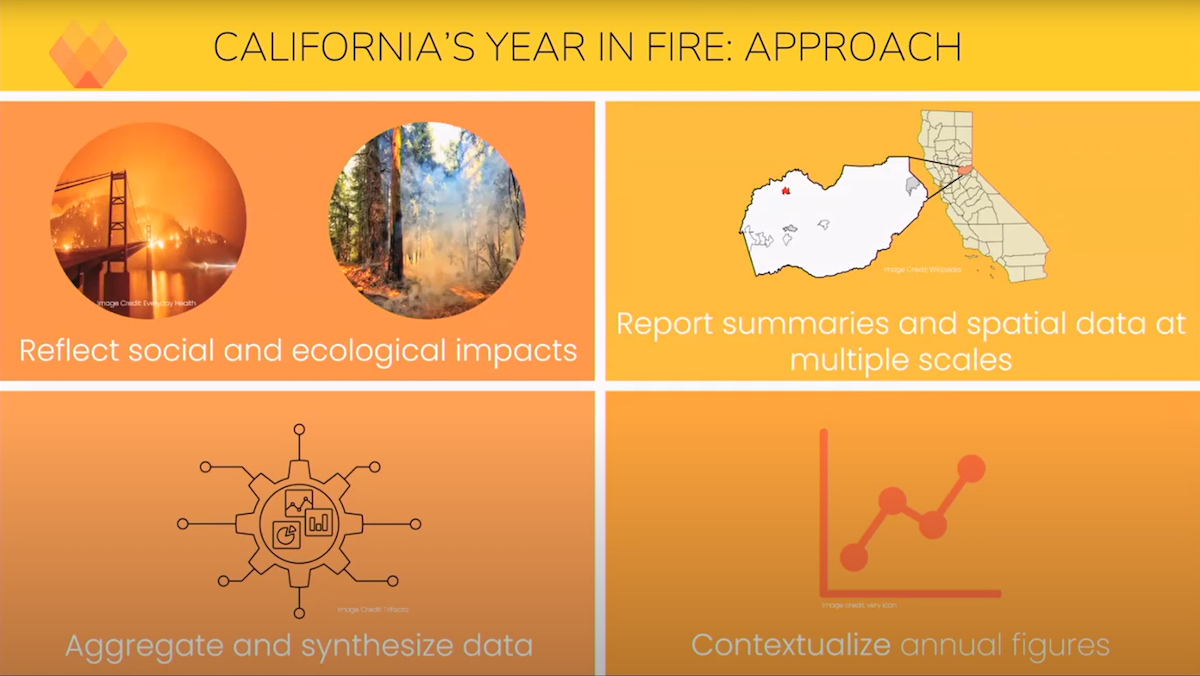
California's Year in Fire
One of the highlights from the March 30 Task Force meeting was a preview of the Annual Wildfire Data Explorer which depicts California’s Year in Fire. A project of the Climate and Wildfire Institute, UC Berkeley’s Center for Law, Energy & the Environment and the Gordon and Betty Moore Foundation, California’s Year in Fire is a framework that works to more comprehensively account for annual wildfire impacts on social and ecological systems. This project will help decision makers better understand how wildfire impacts are trending and identify areas where we need additional investment. Next step in this project is to finalize the documentation for public review, with the results eventually housed on a public-facing website, updated annually. Sign up for updates.
Regional Resource Kits and Profiles Are Now Available
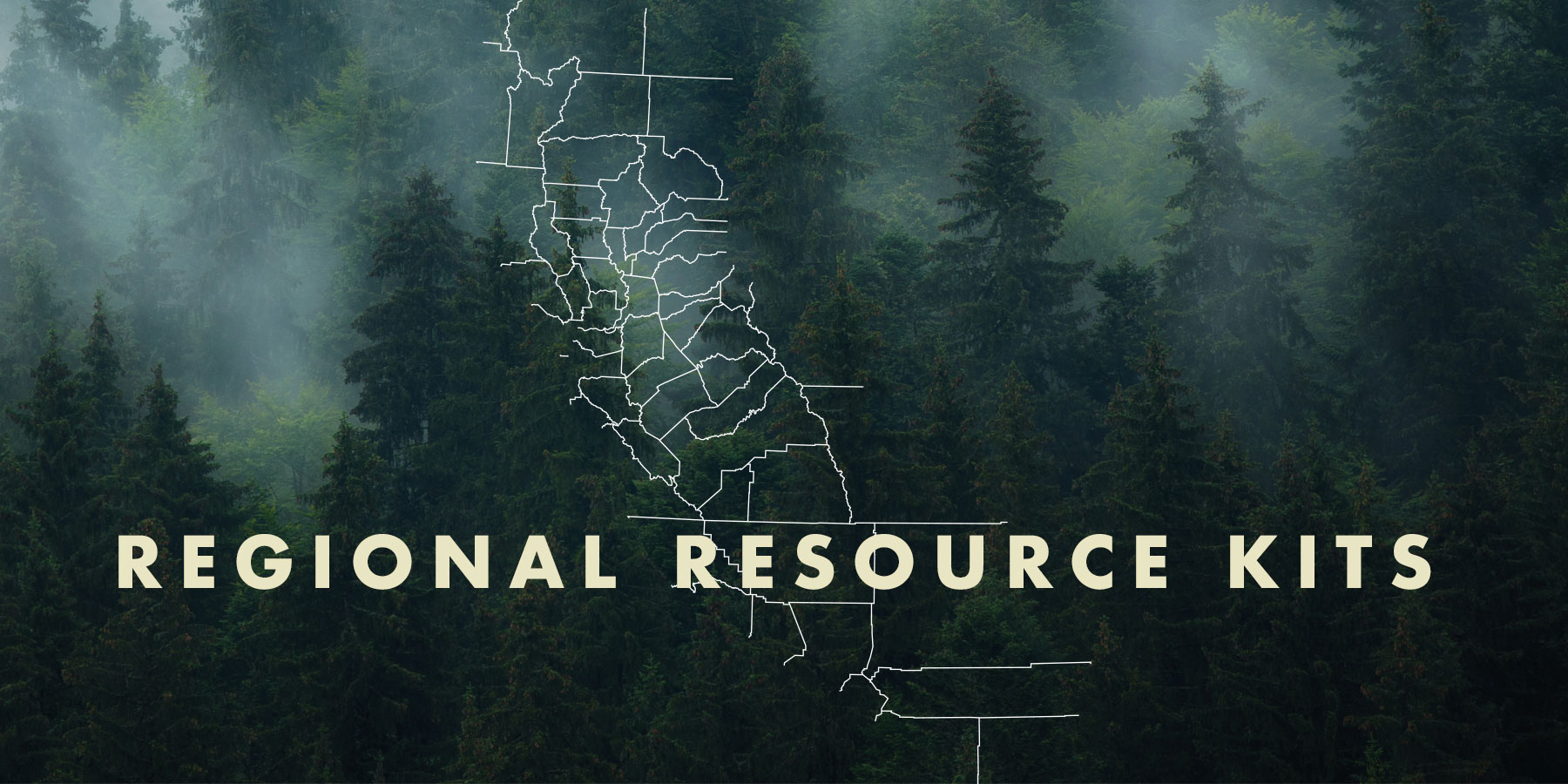
Regional Resource Kits and Profiles Are Now Available
The Task Force’s Science Advisory Panel has completed Regional Resource Kits and Regional Profiles for both the Sierra Nevada and Southern California regions. These invaluable tools are now available here on the Task Force website.
Regional Resource Kits offer critical tools and data to guide regional partners and collaboratives in their efforts to reduce wildfire hazard and improve the conditions of forested and shrub landscapes.
Likewise, Regional Profiles bring together the best available scientific information and a wide range of input from stakeholders throughout the region.
The Science Team will now focus on collecting data and tools for the Central Coast in preparation for the May 2023 Task Force meeting.
Survey Detects 36 Million Dead Trees in California
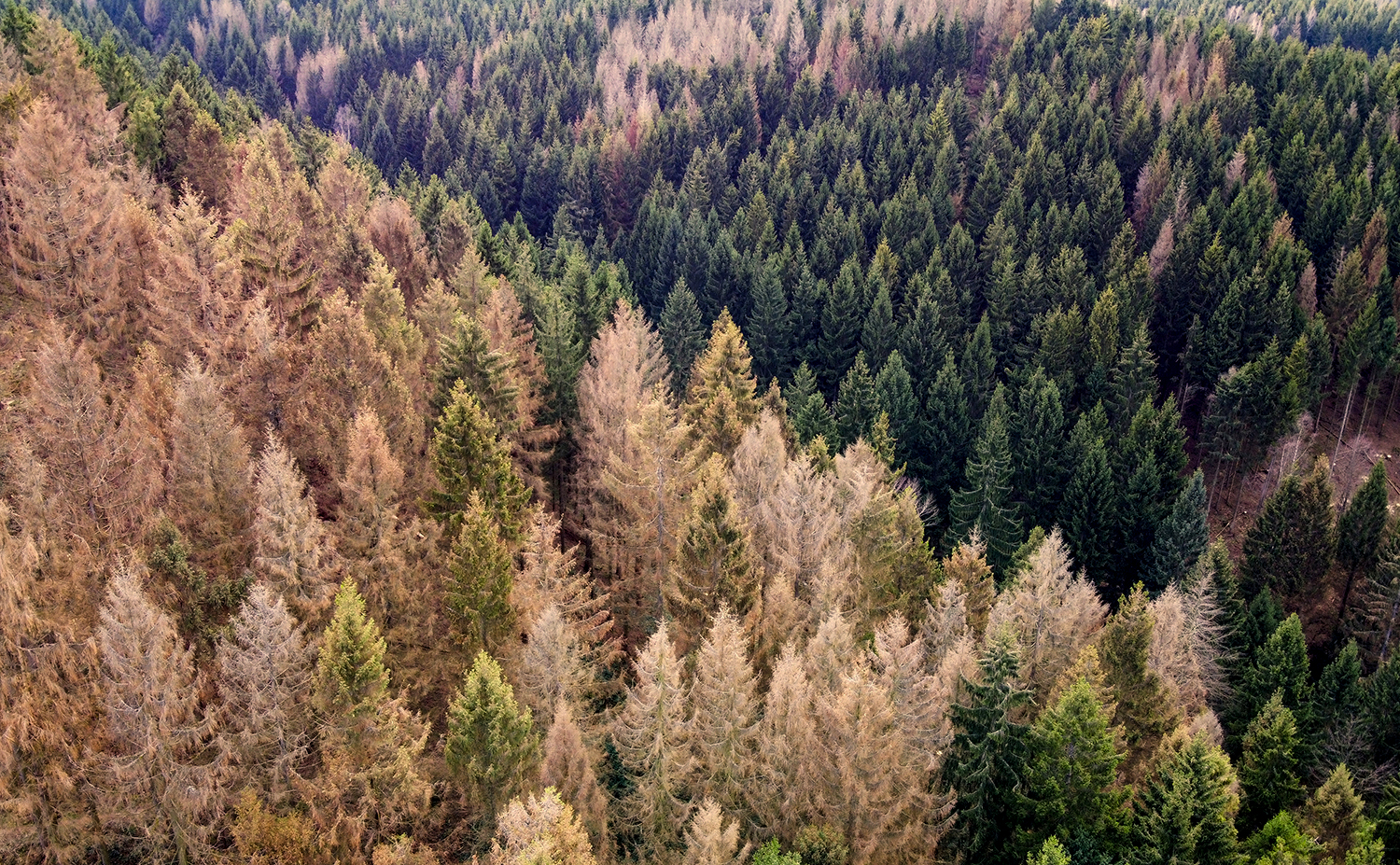
Survey Detects 36 Million Dead Trees in California
On February 7, the U.S. Forest Service published the 2022 Aerial Detection Survey report providing an annual estimate of tree mortality. The survey revealed about 36.3 million trees across 2.6 million acres of federal, state and private land died in California in 2022. The central Sierra Nevada Range and areas further north showed the highest mortality rates with true firs being the most impacted.
These data points mark an increased level of mortality compared to 2021 due to the cumulative impacts of extended drought, overstocked forest conditions, insect outbreaks, and disease.
“Forest health is a top priority for the Forest Service,” said Jennifer Eberlien, Regional Forester for the Pacific Southwest Region. “The agency’s 10-year strategy to address the wildfire crisis includes removal of dead and dying trees in the places where it poses the most immediate threats to communities.”
Planscape Update
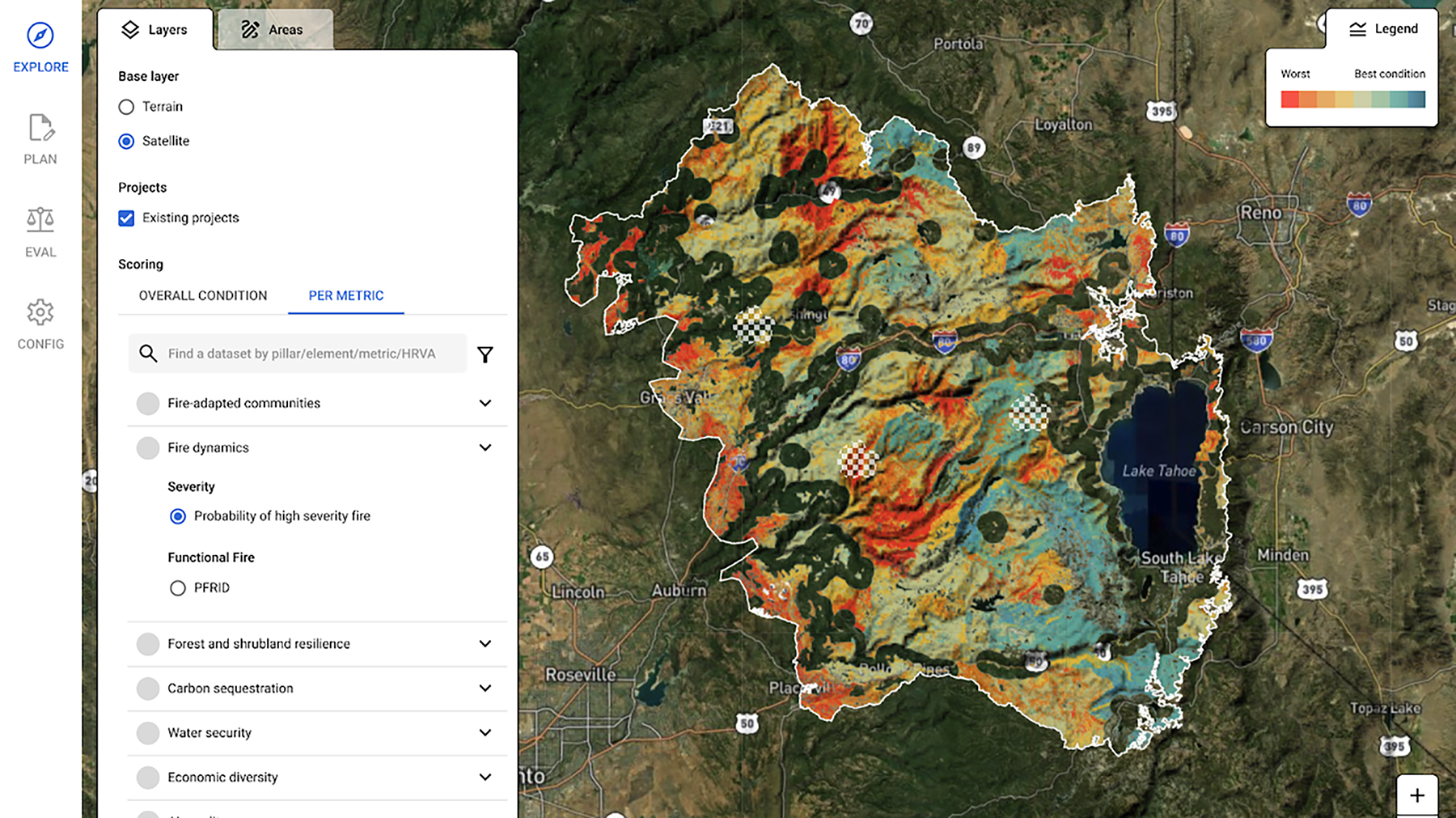
Planscape Update
At the Task Force’s September meeting, The California Natural Resources Agency and the USDA Forest Service announced plans to build Planscape, with support from Google.org Fellows. Planscape is a new planning tool that brings together the best available science, to maximize landscape resilience and benefits and help regional planners assess, prioritize and plan landscape treatments. Recently, the Planscape Team launched a newsletter and a website to share product development updates and provide a venue for interested parties and future users to contact the team.
LiDAR Data Collection for Northern California and Sierra Nevada
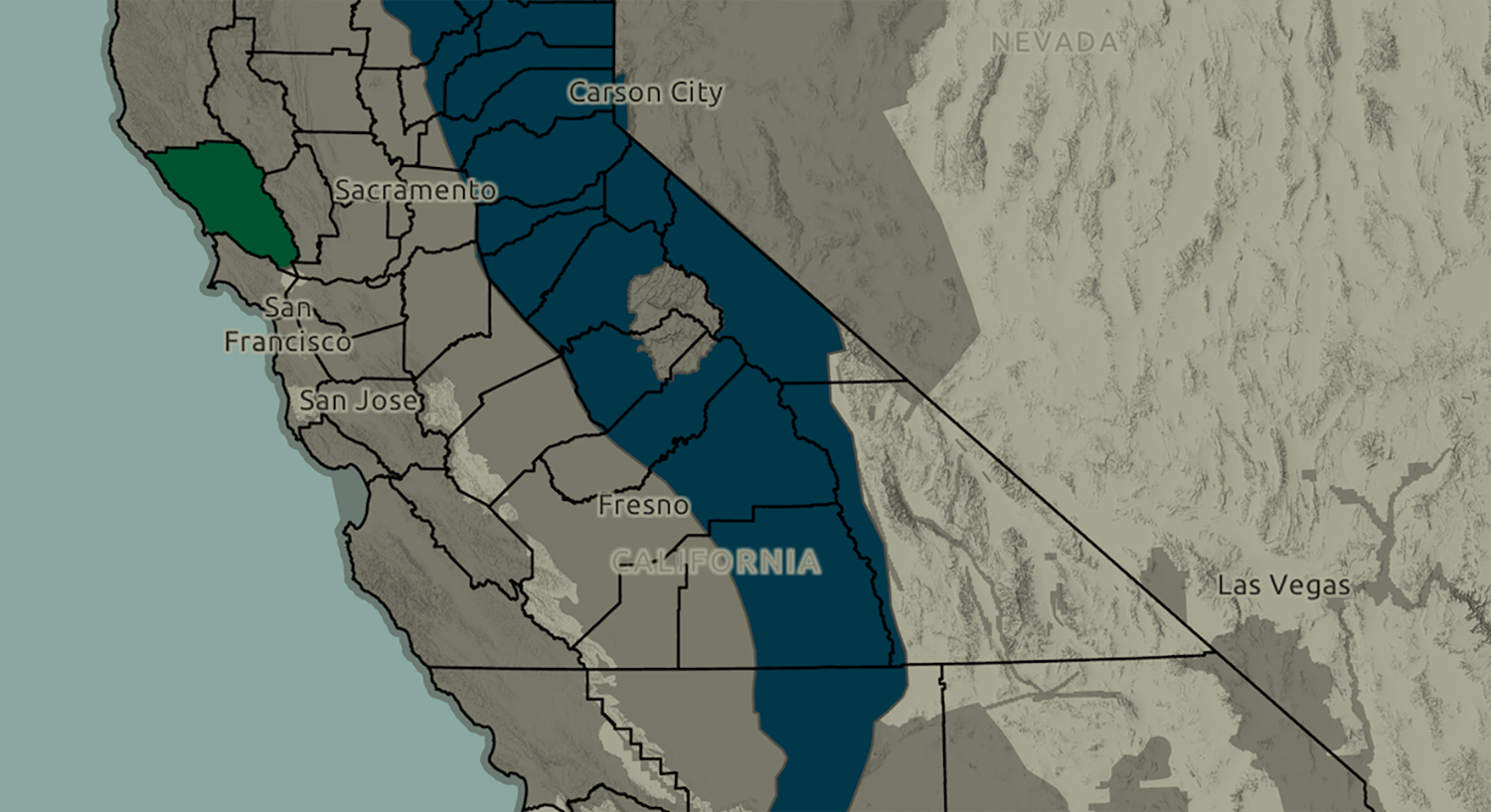
LiDAR Data Collection for Northern California and Sierra Nevada
The California Natural Resources Agency (CNRA), in partnership with the US Geologic Survey’s 3DEP Program and other entities, have now collected nearly 31.5 million acres of LiDAR (Light Detection and Ranging) covering large swaths of Northern California and the Sierra Nevada. These data fill substantial gaps in LiDAR coverage to improve the state’s ability to manage natural resources and protect public safety, directly enhancing our knowledge of forests and landforms in some of the most rugged and fire prone portions of the state. The $3.9M investment by CNRA is a portion of the funding for LiDAR and other remote sensing data that has been made available from funding allocated by the California Legislature (Budget Bill 21/21) .
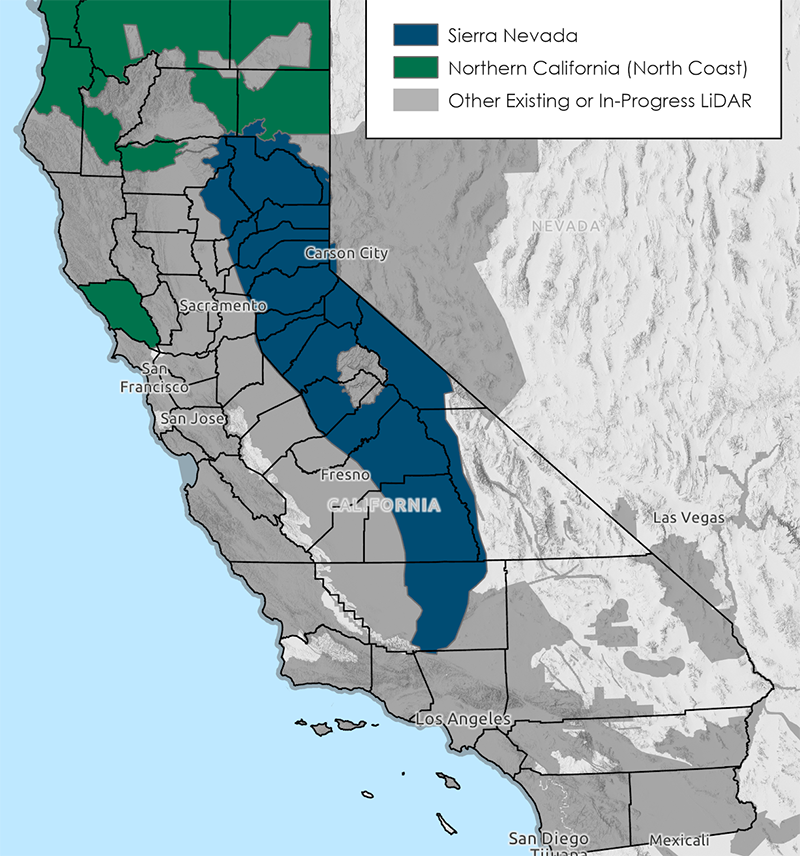
CNRA Announces Tool to Improve Wildfire Resilience with Support from Google.org
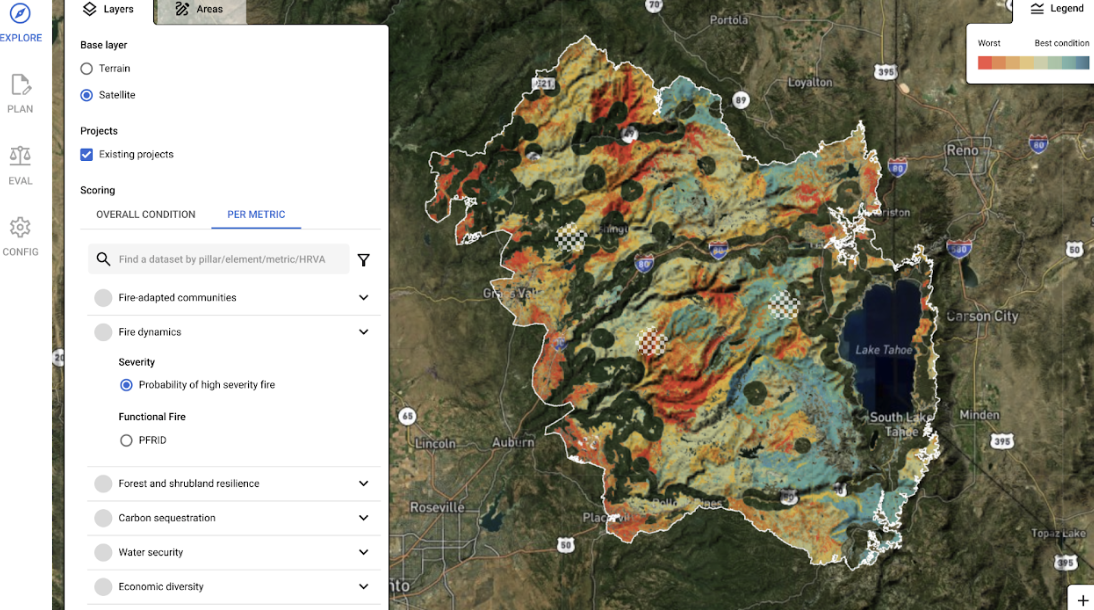
CNRA announces tool to Improve Wildfire Resilience with Support from Google.org
The CNRA and the USDA FOREST SERVICE, along with support from Google.org, Google’s philanthropic arm, has developed Planscape – a new wildfire resilience planning tool that uses state and federal resilience data to create user-friendly models that will be easily accessible to land planners. A demonstration of Planscape was released at the California Wildfire & Forest Resilience Task Force meeting on September 27th, 2022. The new, open-source tool will permit everyone to evaluate fire risks and remedies.
RESOURCES
Post Fire Restoration Symposium
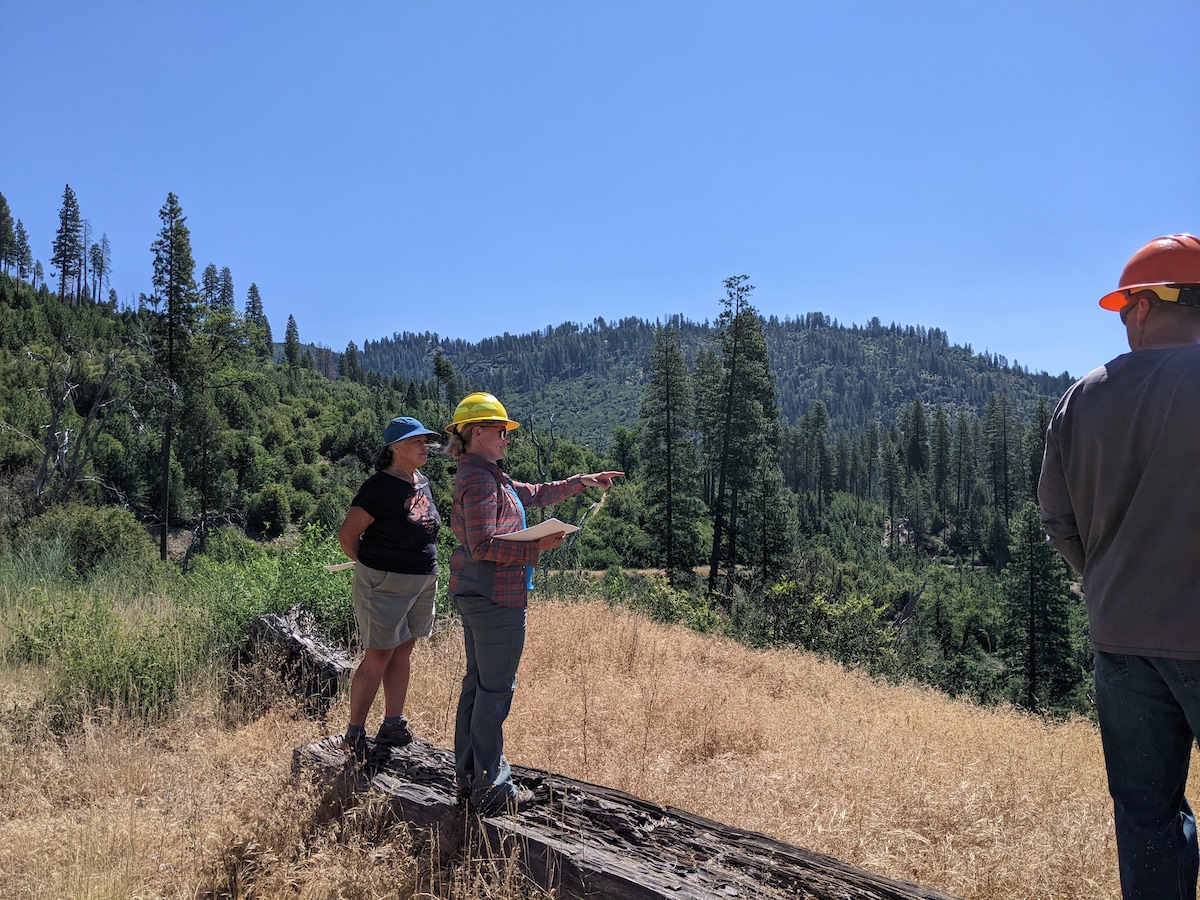
Post Fire Restoration Symposium
This virtual symposium focused on how monitoring and research in the southern Sierra Nevada can support post fire restoration planning and help to inform adaptive management. Topics included treatment effects on wildlife, variable density treatments in plantations, hardwood management, aquatics and meadow restoration. Panel discussions provided the opportunity for collaboration on the implications of the work and how to apply this knowledge to future post fire management. The virtual symposium was held and recorded on July 14, 2022.
Presented by: USDA Forest Service Ecology Program, ACCG, SOFAR, and hosted by the California Fire Science Consortium
Camp Cinder
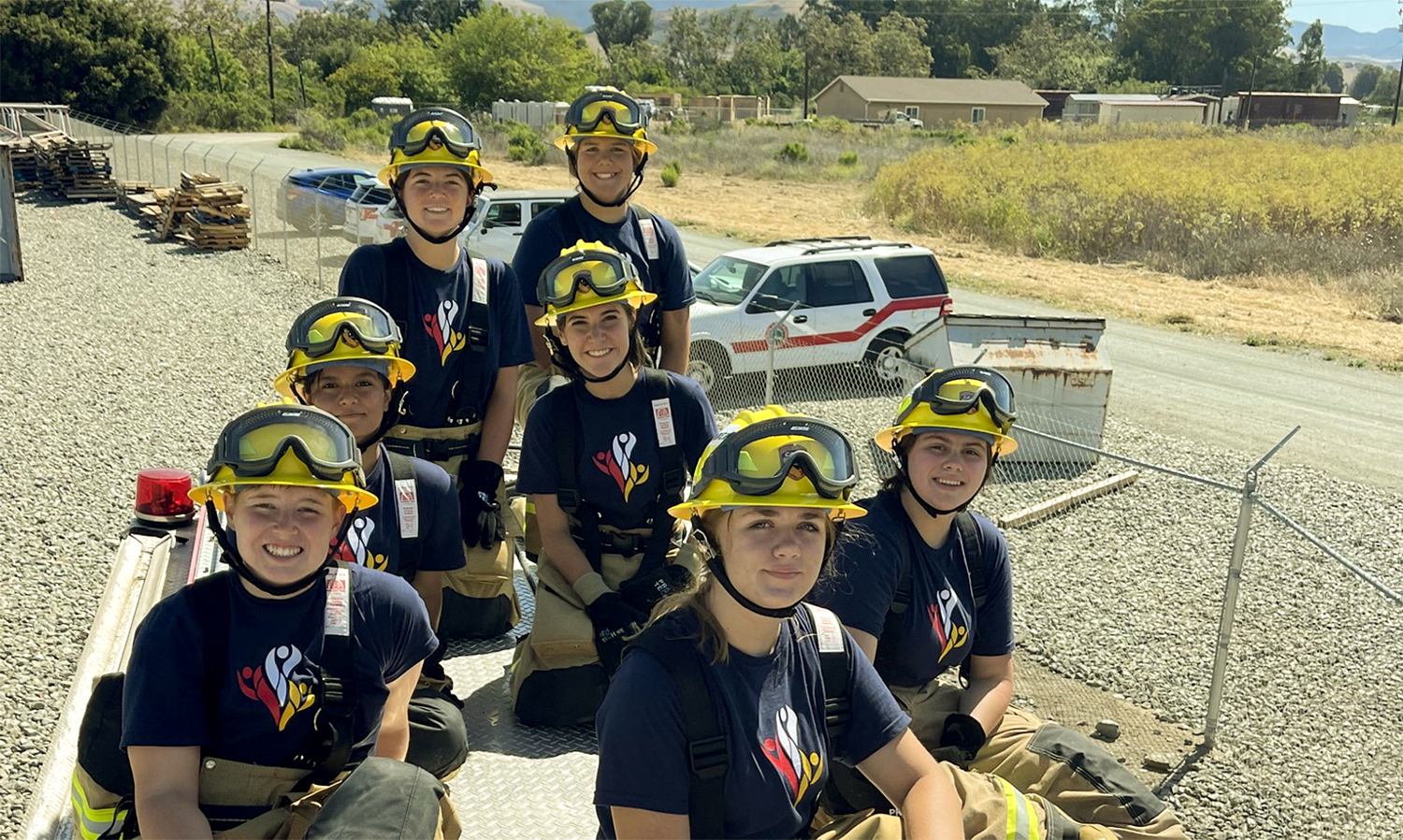
Camp Cinder
CAL FIRE’S summer program, Camp Cinder, inspires young women to join the future of the fire service.
Boggs Mountain Demonstration State Forest Research Video
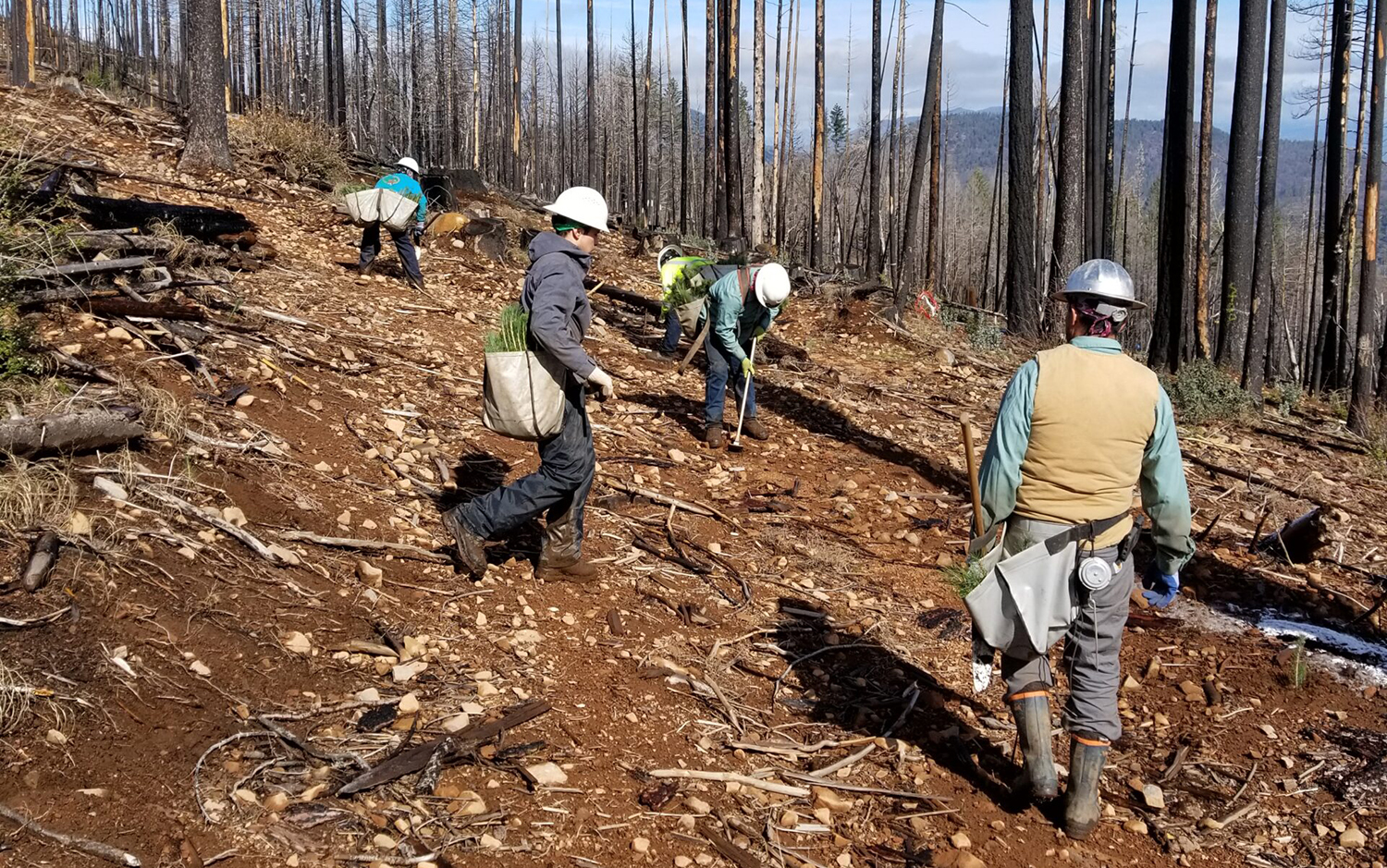
Boggs Mountain Demonstration State Forest Research Video
Wildfire is increasingly impacting small to medium sized forest landowners. Deciding what to do with their land post-fire can be challenging, which is why CAL FIRE’s Fire and Resource Assessment Program has implemented a long term post-fire reforestation study at Boggs Mountain Demonstration State Forest. The results of this study will help inform landowners about different options for post-fire reforestation. The experiments and research conducted on Demonstration State Forests helps inform management practices for government, nonprofit and private forestland owners. Private forestland ownerships comprise 40% of California’s forestland and are key to sustaining forests for all California.
Forest & Wildland Stewardship Interagency Tracking System

Forest & Wildland Stewardship Interagency Tracking System
May 1, 2022 – This tracking system framework supports the need of the California Wildfire and Forest Resilience (WFR) Task Force to report on the status of wildfire and forest resilience projects. It has been developed by the WFR Task Force Monitoring, Reporting, and Assessment (MRA) Work Group, in coordination with state and federal agencies and other WFR Task Force stakeholders.
